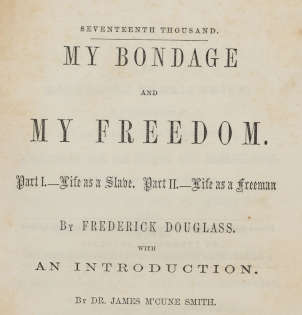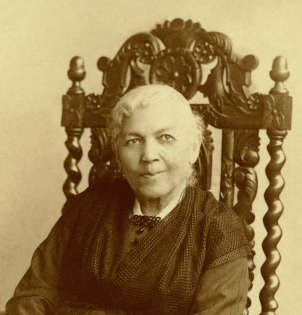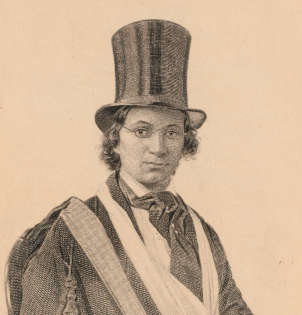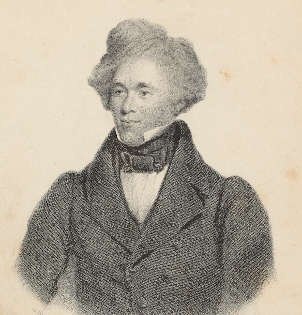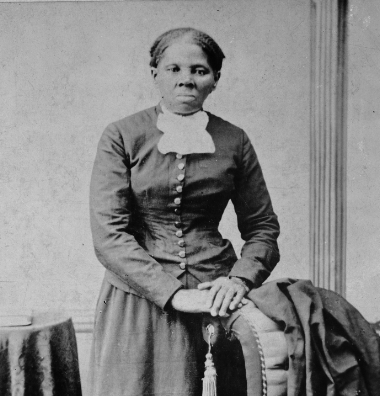Frederick Douglass was born into slavery as Frederick Augustus Washington Bailey in Maryland, USA, in 1818. In 1838, and at barely 20 years of age, he risked his life to make his escape from the 'prison-house of bondage.' Douglass went on to become the most famous author, orator, antislavery activist, philosopher, civil rights campaigner, statesman, and freedom-fighter in United States history.
A living witness to the 'blood-stained hell' of slavery, Douglass told and retold ‘The 'Story of the Slave'’ in impassioned speeches he delivered to audiences in their thousands. In 1845, he named and shamed his white enslavers in his first autobiography, ‘Narrative of the Life of Frederick Douglass, An American Slave’. Fearing for his safety, he crossed the Atlantic Ocean in August 1845 and spent the following eighteen months dedicating his life to giving blistering antislavery speeches in Scotland, Ireland, Wales, and England. A plaque now commemorates his residence at 33 Gilmore Place, Edinburgh.
A few years before Douglass, in 1813, Harriet Ann Jacobs was born into slavery in Edenton, North Carolina. While Douglass repeatedly focused on his own and his fellow enslaved men's rights to their own manhood by declaring, 'You have seen how a man was made a slave, you will see how a slave is made a man,' Harriet Ann Jacobs told of the sufferings and sacrifices endured by enslaved Black women and girls. She published her autobiography in 1861 titled, ‘The Deeper Wrong: Or, Incidents in the Life of a Slave Girl’ in which she wrote,
'When they told me my new-born babe was a girl, my heart was heavier than it had ever been before. Slavery is terrible for men; but it is far more terrible for women. Superadded to the burden common to all, they have wrongs, and sufferings, and mortifications peculiarly their own.'
‘My part has been to tell the story of the slave.’
'Slavery is terrible for men; but it is far more terrible for women.'



